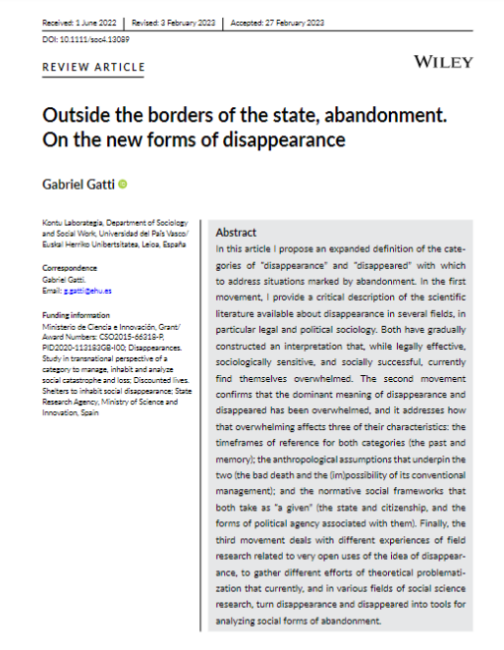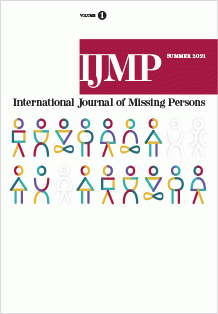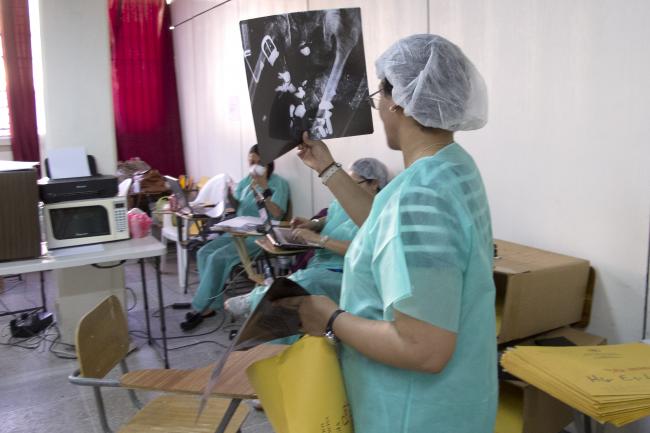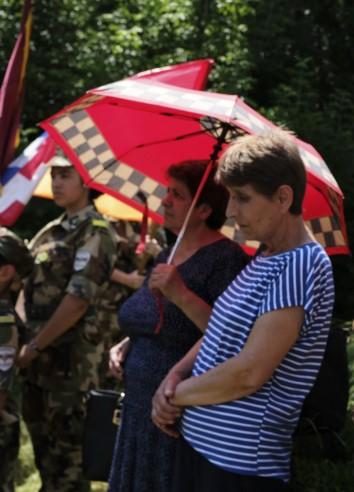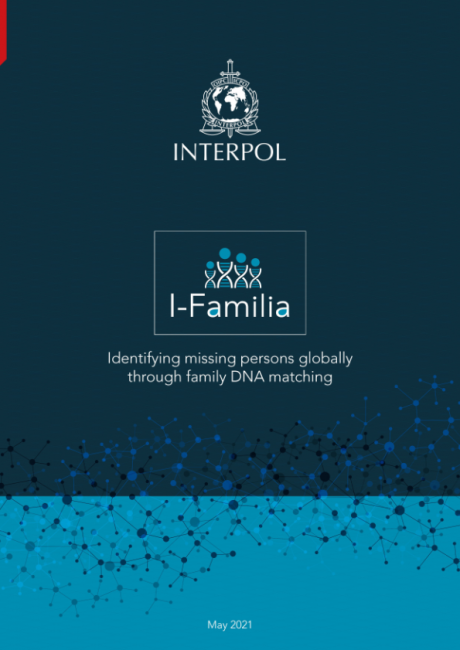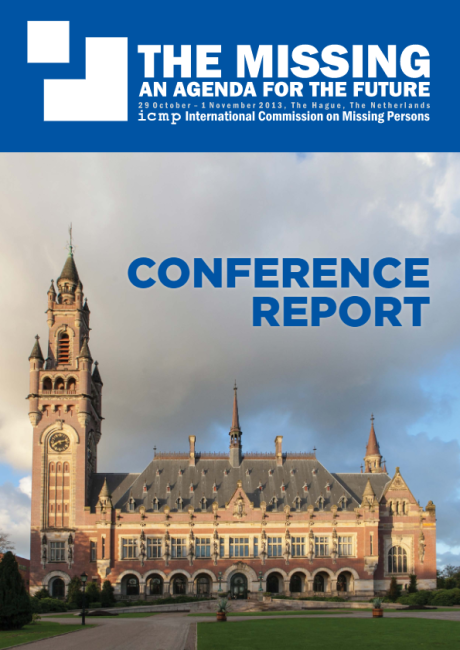
Missing Persons Investigations and Identification: Issues of Scale, Infrastructure, and Political Will
While in principle finding a missing person (presumed deceased) involves identification of unknown human remains through an apparently simple comparison of ante- and postmortem data, there are a number of variables that in practice make the process very complex. The geographic and sociopolitical context of where and how a person goes missing often determines the time taken to start the search as well as the logistical and financial infrastructure in place to facilitate both the search and the identification process. The circumstances of the disappearance and the response time also have an impact on the preservation and condition of the remains which in turn affects the identification process. This chapter considers each of these variables in light of the different scenarios in which people go missing.


